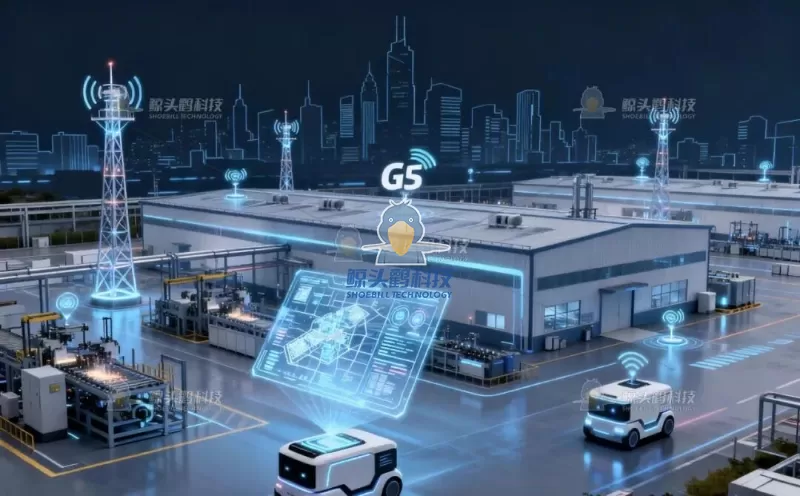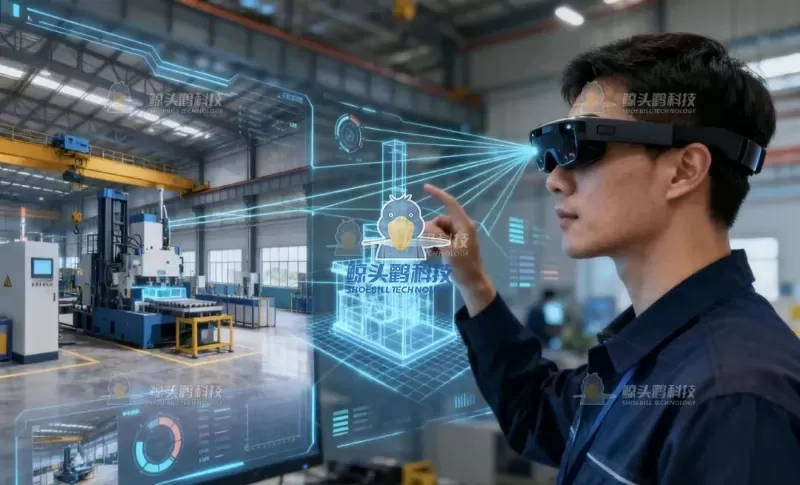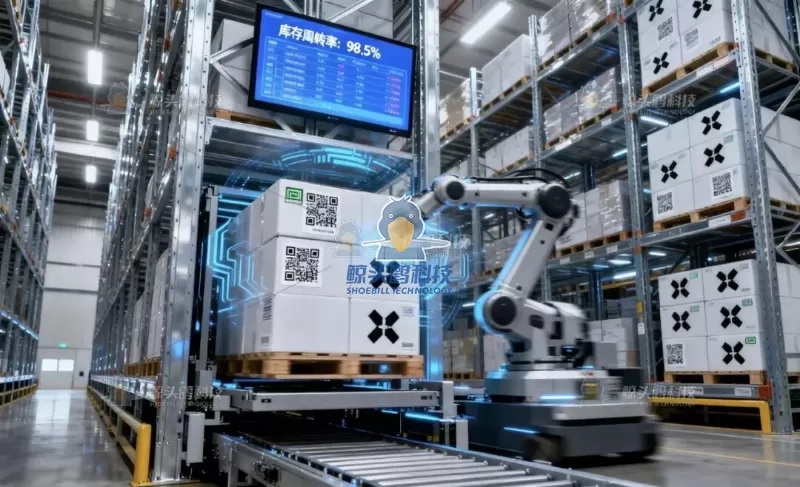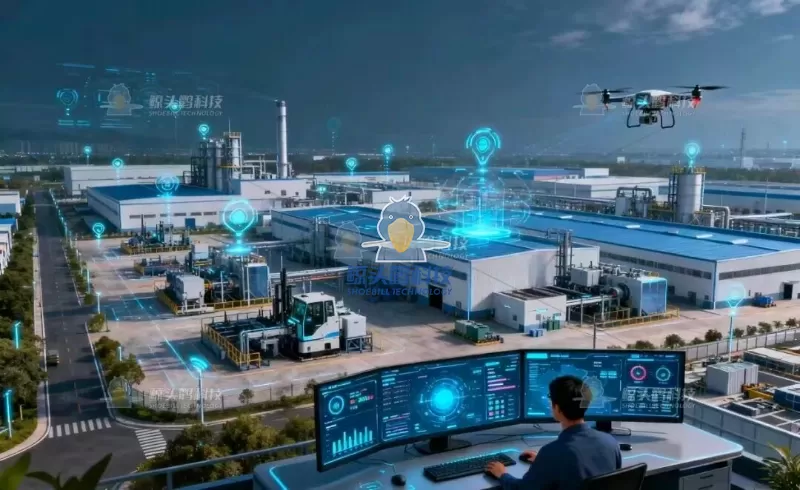Forget those movie scenes — dim lights, greasy machines, and exhausted workers on endless assembly lines. That outdated image of a factory belongs in the past. Today’s manufacturing factory layout design has evolved into a sleek, intelligent, and interconnected ecosystem — a “smart organism” powered by data, automation, and creativity. In this new era, sweat and noise have been replaced by algorithms and precision. Welcome to the world of the smart factory, where “manufacturing” transforms into true “intelligent manufacturing.”In this blog post, as a professional smart factory layout service provider, Shoebill Technology will share the characteristics of manufacturing factory layout design.
Smart Factory: What Makes It Truly “Smart”?
A smart factory is not just a modernized assembly line — it’s a dynamic, self-aware, and decision-making system. Think of it as a living body with multiple interconnected organs, each performing with digital precision under one unified brain.
The “Brain” – Cloud Industrial Internet Platform:
This is the control center of the modern manufacturing factory layout design, where massive data flows converge, are analyzed in real time, and transformed into optimal production decisions and resource allocation strategies.The “Nervous System” – 5G + Internet of Things (IoT):
Sensors and actuators are distributed across the factory, functioning like nerve endings that monitor equipment status, material flow, and environmental conditions. The collected data is instantly transmitted to the “brain” for analysis and feedback.The “Eyes and Hands” – AI Vision and Robotics:
AI-powered cameras outperform human vision, detecting even microscopic product flaws, while robotic arms assemble and transport components tirelessly and precisely. These robots can even collaborate seamlessly in real time.The “Digital Twin” – Virtual Simulation Technology:
Inside the computer exists a digital replica of the physical factory. Every change in production plan or process design can be tested virtually before being implemented in reality, achieving “zero-trial” cost manufacturing.

A Day in the Life of a Smart Factory
Morning: Order Activation
A customer places a custom car order online. The system’s “brain” instantly dissects the order into production tasks and dispatches commands to material warehouses and assembly lines automatically.
Mid-Morning: Production Awakens
Automated Guided Vehicles (AGVs) deliver parts to designated assembly stations with precision. Robotic arms synchronize movements, tightening every screw with real-time torque monitoring for 100% accuracy.
Noon: AI-Powered Quality Inspection
The car body passes through an AI inspection tunnel. Hundreds of cameras perform full-spectrum scans within seconds, detecting even the slightest surface defects that human eyes might miss.
Afternoon: Smart Energy Management
The system monitors factory-wide energy consumption, automatically scheduling high-energy tasks during off-peak hours. Predictive maintenance is triggered to prevent potential equipment failures before they occur.
Night: “Lights-Out” Manufacturing
The facility switches to “black-light” mode. Most sections operate without lighting, as robots navigate flawlessly in darkness — achieving true 24-hour unmanned manufacturing.

Beyond Efficiency: What This Transformation Means
For Consumers:
Expect faster, more affordable, and more personalized products. A custom-colored smartphone or a tailor-made electric vehicle might only take days to produce.For Workers:
Workers are no longer “extensions of machines.” They become system operators, process optimizers, and data analysts. The work environment is safer, more dignified, and skill-driven — shifting from physical labor to intellectual labor.For Enterprises:
Cost reduction and efficiency improvement are just the basics. The real advantage lies in agile, flexible production systems that quickly adapt to market fluctuations — a key competitive edge in global manufacturing.For Society:
Smart factories drive the entire manufacturing sector toward greener, more sustainable, and higher-quality growth. This is the cornerstone of a resilient, future-ready national economy.


New Face of Manufacturing
Next time you pass by a modern manufacturing factory layout design, don’t imagine noise, grease, or sweat. Step inside, and you’ll see a symphony of sensors, code, and robots moving in harmony. There are no “sweatshops” here — only the rhythm of data and the dance of innovation.
The factory of the future doesn’t just make products — it manufactures the future itself.










